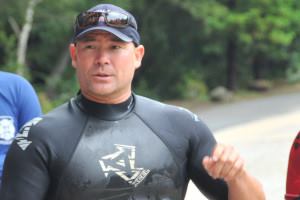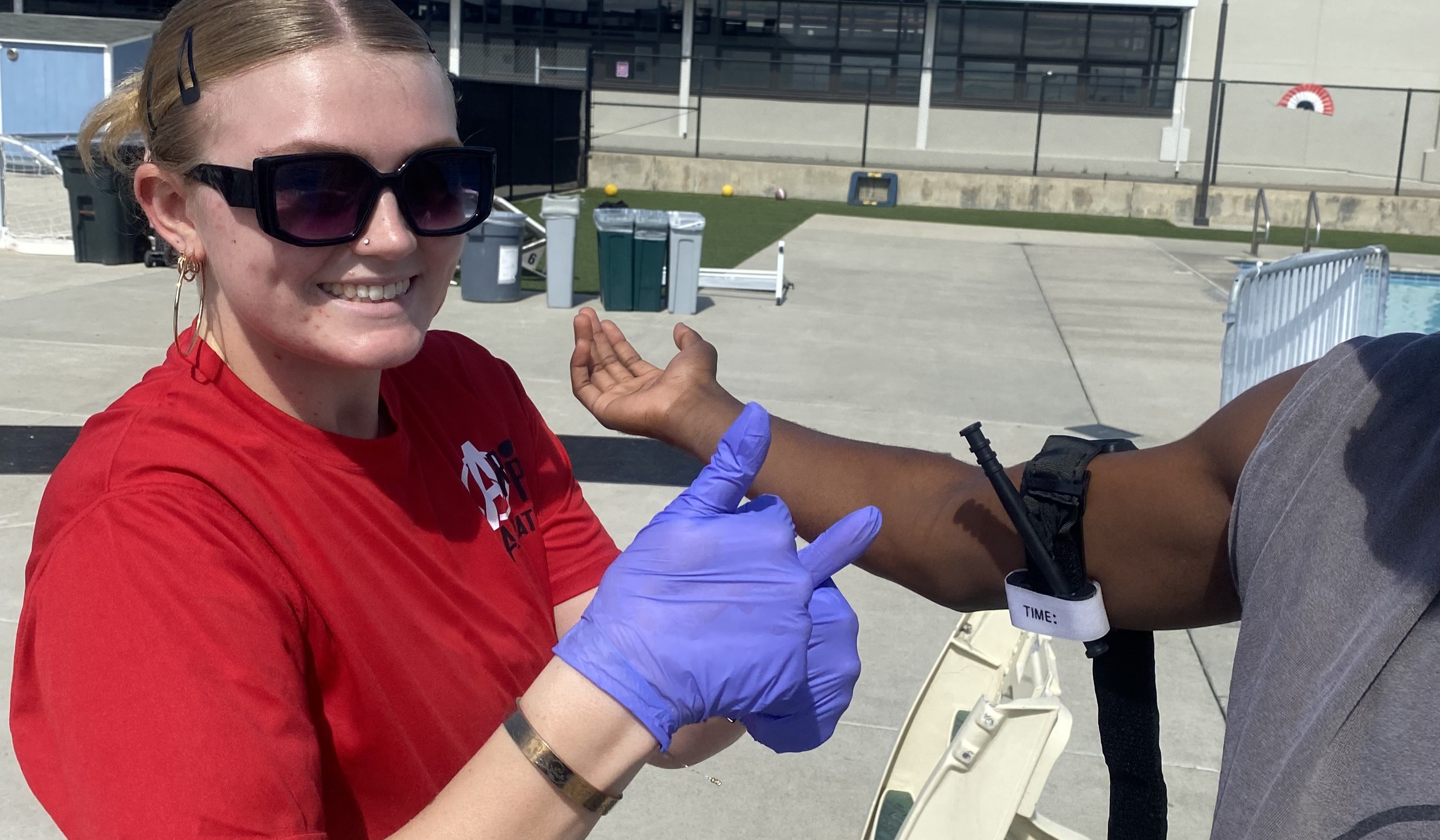Children under the age of 5 comprised approximately 78 percent of pool- or spa-related submersion injuries nationwide in 2010, down only slightly from the previous year.
That translates into about 4,400 children 5 years old and younger who were treated for such injuries in emergency rooms in 2010; an identical number were treated in 2009.
Indeed, the latest drowning figures, many of which practically mirror those of the preceding few years, were released late last month by the U.S. Consumer Product Safety Commission in concert with the summer launch of its ongoing public-education campaign aimed at reducing childhood drownings and entrapments in pools and spas.
The San Diego suburb of Chula Vista provided the backdrop for the Pool Safely campaign’s second annual push. Though Congressional funding for the campaign has not been earmarked beyond September, CPSC officials were optimistic the message would endure.
“It’s going to continue. Here at CPSC, we will make every effort to keep the materials coming and continue to put them in the hands of our terrific partners,” said Kathleen Reilly, public affairs specialist with the Washington, D.C.-based agency.
“From the rescue personnel and firefighters who make inspection checks of home pools to the aquatics organizations that teach swimming and CPR, it’s just a huge, huge effort,” she added.
The campaign itself began in May 2010. It has been guided, in large part, by PR partner Widmeyer Communications, whose contract ends next month.
Meanwhile, Reilly said the CPSC is preparing to undertake a large printing of campaign materials, also next month, which she expects will sustain stakeholders through the summer and into next year.
The hope is that funding will re-emerge in 2012, Reilly said, adding that Pool Safely is the largest campaign of its kind ever managed by the CPSC.
Through tracking in the media, CPSC by early June had recorded 66 drownings and 83 near-drownings in 2011. Prior to Memorial Day, there were 118, Reilly said. “So that’s another 31 incidents just in one week,” she noted, underscoring the importance of sustaining the message.
The National Drowning Prevention Alliance, one of the campaign’s largest stakeholders, continues to produce educational materials and information featuring the Pool Safely logo and its tagline, “Simple Steps Save Lives.” The broad-based coalition of water-safety advocates was granted nearly $1.3 million by the CPSC last year for a host of initiatives.
With that funding, NDPA officials hope to extend many of those efforts, and others, at least through 2012.
“We’re developing a curriculum for pre-schoolers, updating our Website, and launching new public relations and social media campaigns,” said Kimberly Burgess, the group’s executive director. “Plus we’re well into a pilot program for residential-pool inspections, and working with USA Swimming on a facility-management workshop.
“With [Pool Safely] being new and unique, it’s still getting some good buzz,” she added. “After a year, it still seems to be going strong. But like everything, the future of these programs largely comes down to money.”



